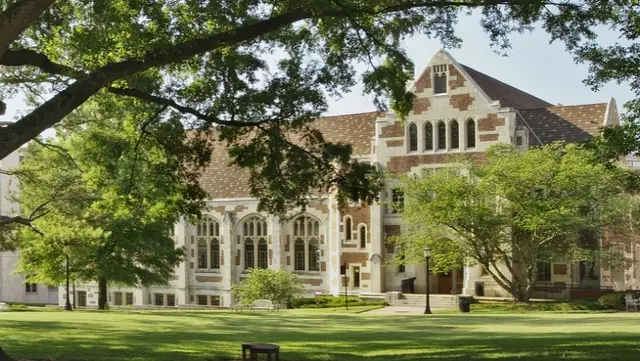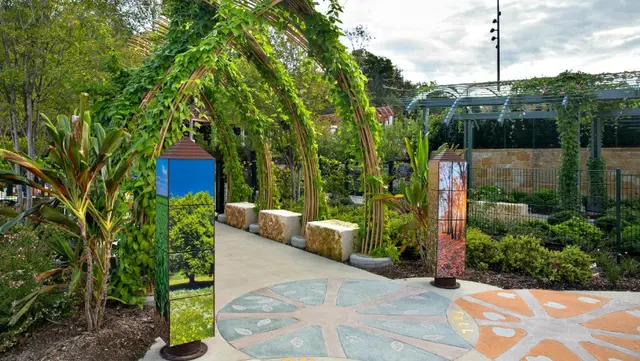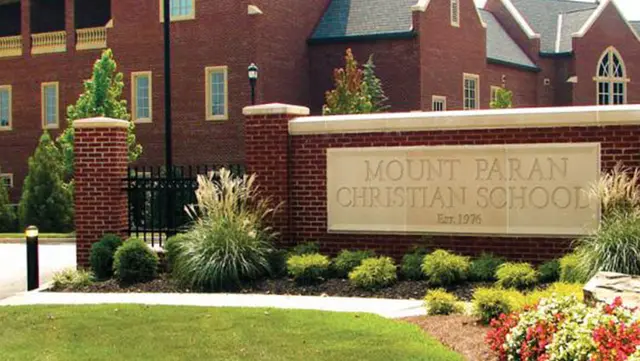
Does Your School Need an Outdoor Classroom?
Make Outdoor Classrooms Part of Your Reopening Strategy
How to get kids back to school safely is the hot topic on everyone’s minds. Months into the pandemic, we’re all still searching for answers. What if we could make the problem easier to solve by asking a different question: how do we get kids back to nature?
In fact, that’s the very question that’s led school administrators across the country to add outdoor classrooms to their campus. Fueled by evidence the risk of virus transmission is less outdoors, outdoor classrooms are providing a safer way for classes to reconvene. While the idea might seem trendy, it’s actually not new. As tuberculosis spread throughout the nation in the early 20th century, two physicians in Rhode Island proposed the use of the open-air schoolrooms as a measure to lessen the spread amongst students. Turns out, the physicians were on to something. In the first year of the experiment, there were no cases of contagious diseases among the children.
Could an age-old idea be a helpful strategy for schools looking to create a safer environment for learning? The CDC thinks it might be a possibility. In its guidelines for a safe reopening of schools, the agency encouraged repurposing unused outdoor spaces into outdoor classrooms to promote better social distancing. Some educators argue the benefits of outdoor classrooms extend even farther—offering a mental health respite, facilitating equitable access to nature for all children, and potentially enhancing cognitive development in primary schoolchildren.
For many schools, we know the barrier to creating outdoor classrooms is time and money are in short supply. However, it’s important to
remember that a good solution, even if just a temporary one, doesn’t have to be expensive or time consuming. Here’s what to consider:
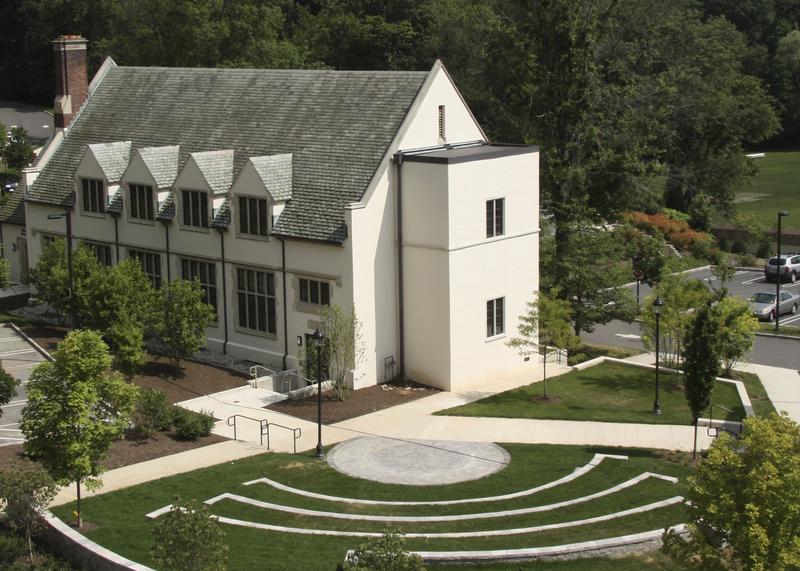
- Seating – Many schools have created beautiful and durable outdoor amphitheaters, with hardscaped benches that can withstand the elements. For schools who are currently engaged in remote learning and have not yet welcomed students back to campus, now is a great time to take advantage of lower foot traffic to construct something similar with minimal disruption. If your campus is already holding in-person classes, you can still achieve a similar effect with non-permanent solutions, like logs, outdoor furniture, or even hay bales. Just be sure to provide some type of storage, like a shed, to safely house moveable seating when not in use.
- Shade – You’ll get more use out of your outdoor classroom if it offers some type of shelter. Planting shade trees is the natural solution. When that’s not possible, you might also consider structures like pergolas or gazebos. For a less permanent option, consider shade sails, tents or even outdoor umbrellas.
- Risk & Accessibility – No matter how you proceed, it’s important to consider whether your solution will be accessible, inclusive, and safe for students of all abilities. This is where leaning on your landscape partner’s expertise can be especially helpful. For example, your landscape partner can ensure you choose materials that mitigate your slip and fall risk, advise on how to avoid drainage issues, or plant material that could be problematic for those with allergies.
Remember, outdoor classrooms aren’t just limited to seating areas. Teaching gardens are another option for schools looking for a more interactive outdoor feature, capable of inspiring lessons and serving as a living, breathing outdoor laboratory. Here are just a few possibilities:
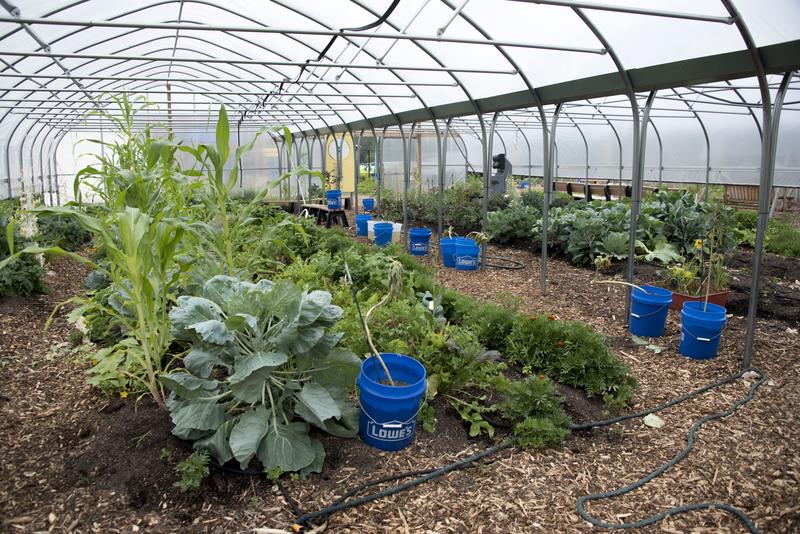
- Butterfly Garden – Butterfly gardens are a great way for students to witness metamorphosis and learn about the role of pollinators.
- Edible Garden – Edible gardens are ripe with options for teaching students about where their food comes from, nutrition, and cooking. Depending on the size of your garden, it can also serve as a source of sustenance for communities with food insecurity.
- Greenhouse – Want to create an outdoor classroom you can utilize year-round? Consider a greenhouse. Greenhouses are the perfect environment for lessons about propagation and solar energy.
- Native Garden – Native gardens provide an opportunity to teach about your local flora and fauna and how they interact with the ecosystem. Native gardens are also a great way to teach about sustainability, including water management.
The best part is that your students can have a hand in planting or helping construct the garden, fostering a sense of ownership.
If you’re ready to take learning outside, we can help. Leverage our experience working with schools across the country, from primary schools to universities, to help develop a solution that’s right for you.

